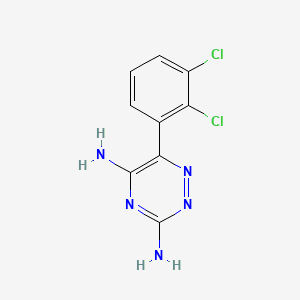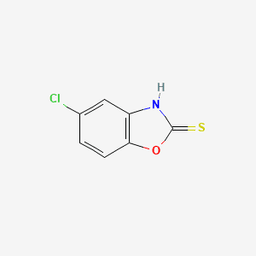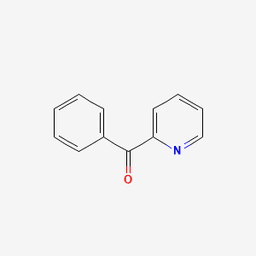

Lamotrigine is a broad-spectrum antiepileptic drug (AED) that belongs to the phenyltriazine class. It acts by inhibiting voltage-gated sodium channels, thereby stabilizing neuronal membranes and reducing excitatory neurotransmitter release, particularly glutamate. This mechanism provides efficacy across a variety of seizure types and makes it a valuable option in bipolar disorder maintenance therapy. It is administered orally and is known for its favorable bioavailability, metabolic stability, and low risk of weight gain or sedation. High-purity Lamotrigine, phenyltriazine anticonvulsant.

Lamotrigine is a broad-spectrum antiepileptic drug (AED) that belongs to the phenyltriazine class. It acts by inhibiting voltage-gated sodium channels, thereby stabilizing neuronal membranes and reducing excitatory neurotransmitter release, particularly glutamate. This mechanism provides efficacy across a variety of seizure types and makes it a valuable option in bipolar disorder maintenance therapy. It is administered orally and is known for its favorable bioavailability, metabolic stability, and low risk of weight gain or sedation. High-purity Lamotrigine, phenyltriazine anticonvulsant.

.3d8f8f41.svg)
Pharmaceutical
.3556d45a.svg)

Pharmaceutical Actives & Precursors


Active Pharmaceutical Ingredients (APIs)

Chemical Properties & Specifications
Acute oral toxicity (Category 3), Irritant (skin/eye)
Used in the manufacture of oral dosage forms to treat focal seizures, generalized tonic-clonic seizures, and Lennox–Gastaut syndrome. Also utilized as a long-term mood stabilizer in bipolar I disorder.
Effective across multiple seizure types and bipolar disorder
≥98% absorption with minimal first-pass metabolism
24–35 hours, supporting once-daily dosing in many cases
Not a CYP inducer or inhibitor
Resistant to hydrolysis and oxidation under standard conditions
Store at 2–8 °C in tightly sealed, light-resistant containers
Stable at 2–8 °C; shelf life ≥ 2 years under recommended condition
Available in HDPE drums or fiberboard containers with double PE liners; sampling in 100 g – 1 kg aluminum bottles
Non-hazardous; not regulated under IMDG/IATA

CAS No. : 22876-19-3
Category : Pharmaceutical Actives & Precursors
Sub-Category : Intermediates & Precursors

CAS No. : 91-02-1
Category : Pharmaceutical Actives & Precursors
Sub-Category : Intermediates & Precursors

CAS No. : 1003-68-5
Category : Pharmaceutical Actives & Precursors
Sub-Category : Intermediates & Precursors